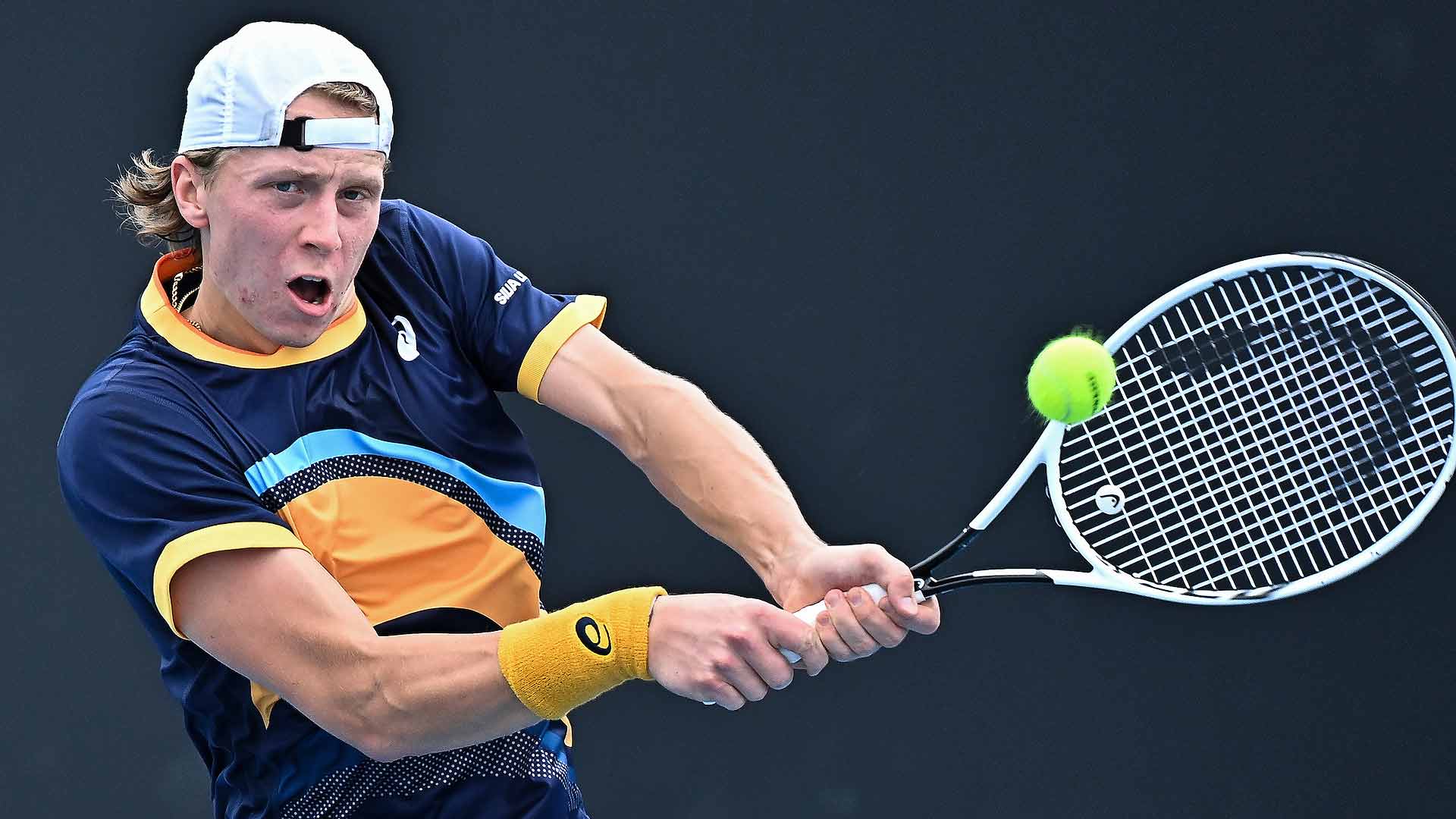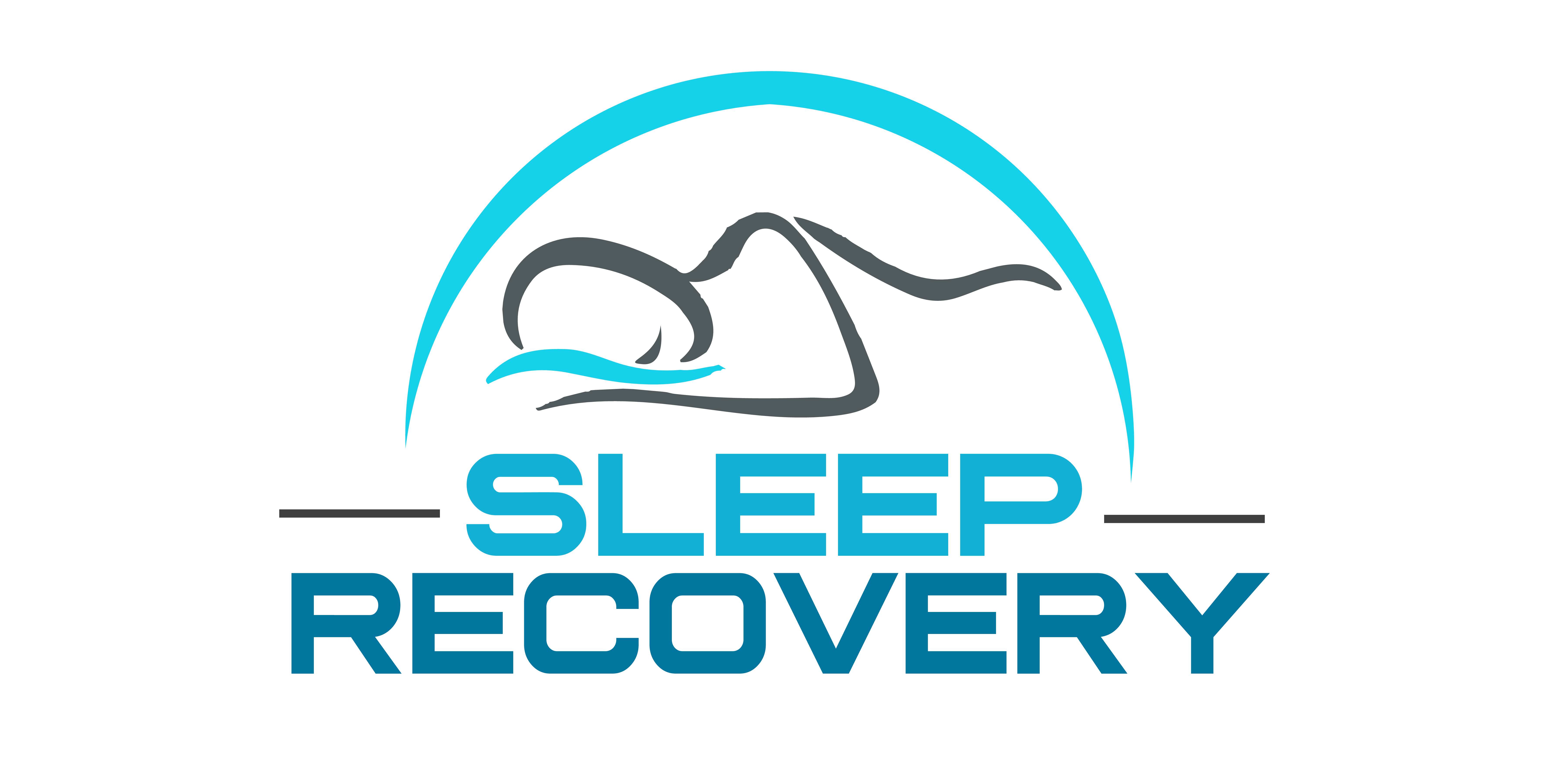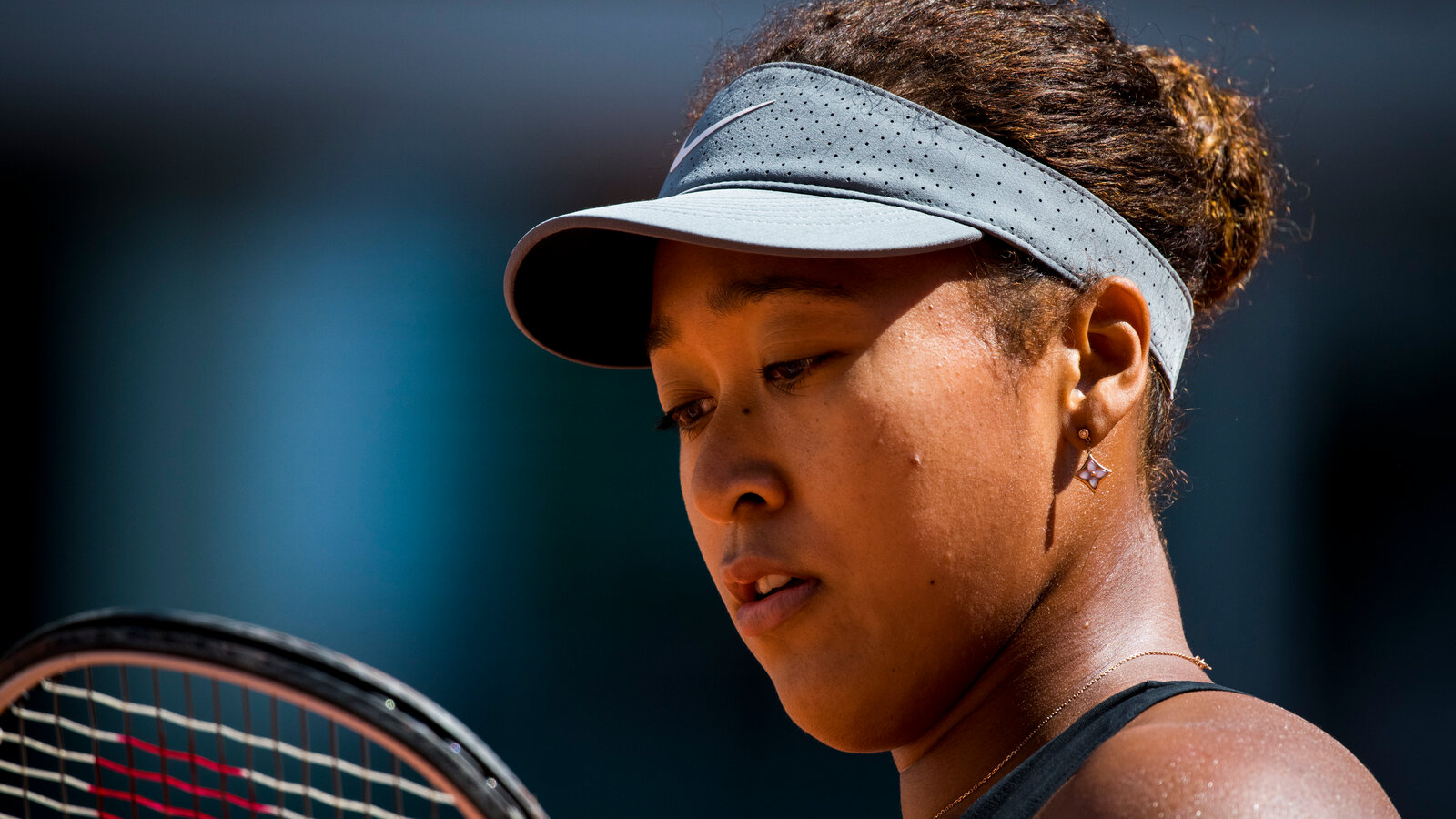The Real Baseline Battle: Understanding the Rise of Panic Attacks in Professional Tennis

As Players Like Emil Ruusuvuori Step Away, Experts Examine the Perfect Storm of Factors Creating a Mental Health Crisis on the Court
The pristine grass courts of Wimbledon and the gleaming hard courts of the Australian Open might seem worlds away from ordinary people’s everyday struggles. Yet beneath the spectacular athleticism and mental fortitude we associate with professional tennis lies a rarely discussed reality: these elite athletes are fighting battles far beyond their opponents across the net.
Emil Ruusuvuori’s recent revelation about his struggle with “recurring and worsening panic attacks” that forced a six-month hiatus from competition isn’t an isolated incident. It’s part of a concerning pattern emerging across professional tennis that I’ve observed firsthand in my work with elite and amateur athletes.
As Sleep Recovery’s Founder and Program Director, I’ve spent the past two decades helping people overcome neurological instabilities that manifest as anxiety, panic attacks, and sleep disruption. In recent years, we’ve seen a marked increase in athletes seeking our specialized brainwave entrainment services, particularly those from high-intensity individual sports like tennis.
What’s causing this surge in panic attacks among the tennis elite? The answer involves a perfect storm of factors that have transformed the mental landscape of professional tennis into increasingly inhospitable terrain for physical and psychological wellbeing.
Post-Pandemic Shifts in Professional Resilience
First, we must acknowledge the broader context: post-COVID anxiety has increased exponentially across global populations. The pandemic fundamentally altered our collective sense of safety, disrupted routines, and isolated individuals from support networks, all while creating unprecedented uncertainty about the future.
For professional tennis players, these universal challenges were compounded by tournament cancellations, quarantine restrictions, constantly changing international travel regulations, and the economic pressure of lost income opportunities. The pandemic didn’t merely pause their careers – it fundamentally destabilized them.
When Grigor Dimitrov recently revealed his own experiences with panic attacks, he touched on this universal vulnerability: “It would be a lie if I said I’ve never had problems. I have had severe moments of anxiety, panic attacks, even during a tennis match. We are all human and no different than others. That’s all, we happen to be good at playing tennis.”
This acknowledgment that elite athletes face the same psychological vulnerabilities as everyone else represents a significant shift in sports culture, one that’s overdue and essential for addressing the mental health crisis unfolding on the court.
Nano-Technology and Racket Design
While pandemic effects might eventually fade, another factor driving increased psychological strain appears more permanent: the fundamental transformation of how tennis is now played at the highest levels.
John McEnroe warned about this nearly two decades ago when he observed, “The game is becoming less about skill and touch and more about pure power and physicality. The technology is driving changes that the human body – and mind – may not be equipped to handle over a full career.” MacEnroe even suggested that the sport consider returning to wood rackets to avert the inevitable challenges. (I agreed with him, but added that having juniors start with wood could conceivably reduce injury and reintroduce “the art and arc of creative tennis.”)
Over time, McEnroe’s concern has proven prophetic. Since Babolat pioneered nano fiber technology in racket design in 2013, the pace of play has accelerated dramatically. Today’s rallies unfold at blistering speeds that would have seemed impossible in previous generations. This technological revolution has created cascade effects throughout the sport:
- Point-pace and intensity require instantaneous, superhuman decision-making abilities, which are unsustainable over time.
- The margin for error has shrunk dramatically, and with millisecond timing, the brain is not yet evolutionarily equipped to process without eventual career burnout.
- Recovery time between points and rest-overs is insufficient to stabilize the body and brain from high heat and historically above-normal pulse rates.
In my work with professional athletes experiencing panic attacks, I’ve observed how this accelerated pace creates a particular type of neurological strain. The brain’s capacity to process high-stakes, rapid-fire decision sequences has biological limits – limits that modern tennis increasingly pushes beyond sustainable thresholds.
The Existential Battlefield
Beyond technological factors lies something more primal: the psychological weight of competition itself. When observing professional players in major tournaments, it becomes evident that matches represent far more than simple athletic contests. Many players experience them as existential battles where outcomes subconsciously blur the line between professional achievement and personal worth.
Dimitrov articulated this brilliantly by describing “the moments where it felt like the whole world collapsed in front of me” after losses and how he “judged myself too harshly after losing a fight.” This psychological framework, where each match carries life-defining significance, creates an unsustainable burden on the central nervous system.
From a neurobiological perspective, this repeatedly activates emergency response systems designed for genuine survival situations. When this happens chronically, it essentially creates what I describe to my clients as “PTSD on the installment plan” – a gradual accumulation of neurological dysregulation that eventually manifests as panic attacks, performance anxiety, sleep disruption, and more devastating consequences, such as the loss of overall rankings.
We’ve worked with several professional athletes who described experiencing their first panic attack not during a high-stakes match, but seemingly randomly during routine training or even while resting. This pattern reflects how accumulated stress doesn’t always manifest in the moment, but often emerges when the system finally has space to process overwhelming experiences.
The Climate Crisis on Court
The most overlooked factor in tennis-related panic attacks is changing environmental conditions. The dramatic increase in ambient temperatures at major tournaments like Wimbledon and especially the Australian Open creates physiological conditions that directly trigger panic responses.
Many sports fans don’t realize that the human limbic system – our brain’s deep architecture, responsible for survival responses – contains specialized mechanisms for detecting potentially lethal environmental conditions. When core temperature approaches dangerous thresholds, these systems trigger urgent physiological responses designed to force protective action.
The symptoms? Increased heart rate, rapid breathing, perspiration, lightheadedness, and a powerful sense of impending doom – precisely matching the clinical description of a panic attack.
Imagine a driven professional athlete attempting to override these survival mechanisms to complete a three-hour match in 100+ degree temperatures. They’re essentially fighting a neurological civil war – their competitive drive battling against their survival instincts, creating perfect conditions for panic attack onset.
Tournament officials have attempted to address this through retractable roofs and extreme heat policies, but these measures often fail to adequately account for on-court realities where surface temperatures can exceed ambient readings by 20+ degrees. This anomaly resembles a proverbial “Canadian doubles match”—facing one human opponent and another, an increasingly oppressive heat factor.
Sleep Recovery’s Approach to Athlete Panic
In our work with elite athletes experiencing panic attacks and performance anxiety, we’ve developed specialized protocols that have reduced recovery time by more than 66% compared to conventional approaches, without medications that might impact performance.
Our approach recognizes that recurring panic attacks represent neurological instability rather than simply psychological distress. Using FDA-approved brainwave entrainment technology, we help stabilize irregular brainwave patterns that drive both panic symptoms and the sleep disruption that frequently accompanies them.
The 30-minute sessions, which can be conducted anywhere on tour via telehealth, occur every other day. During these sessions, specialized software detects the athlete’s specific brainwave irregularities and provides direct feedback through auditory signals. This protocol allows the brain to naturally self-correct toward more stable functioning, addressing the root neurological dysregulation rather than merely managing symptoms.
This approach proves particularly valuable for tennis players because it:
- Preserves athletic performance: Unlike medication approaches that may impact coordination or reaction time, brainwave entrainment has no adverse performance effects.
- Offers rapid results: Most athletes see meaningful improvement within 6-10 sessions, allowing faster return to competition.
- Provides sustainable recovery: By addressing underlying neurological patterns rather than pressing through the accumulation of symptoms, players, coaches, and directors can achieve lasting stability without a dependency on ongoing treatment.
- Enhances sleep quality: Athletes experience improved sleep architecture, supporting physical recovery, emotional stability, and central nervous system regulation during and between competitions.
One professional player who came to Sleep Recovery after experiencing mid-match panic attacks described the experience: “I’d always been mentally tough, but suddenly I couldn’t control my breathing or heart rate during critical points. After the brainwave sessions, I not only stopped having panic episodes, but I found myself sleeping deeply for the first time in years. My recovery between matches improved dramatically.”
A Call to Tennis Leadership
As tournament directors and coaching staff contemplate these challenges, several actionable steps could significantly improve player wellbeing:
- Temperature management innovation: Beyond current heat policies, tournaments can research on-court cooling technologies that address actual court conditions, not just ambient readings.
- Recovery-focused scheduling: Tournament formats prioritizing adequate recovery time between matches would reduce cumulative heat-related stress on players’ nervous systems.
- Neurological recovery resources: Making advanced recovery technologies like brainwave entrainment available at tournament sites would give players access to effective, non-pharmaceutical intervention options.
- Destigmatizing psychological support: Creating cultures where discussing anxiety and panic experiences is normalized rather than viewed as weakness would encourage earlier intervention.
- Research investment: Funding specific research into the unique psychological demands of modern tennis would help develop targeted support strategies.
For players currently experiencing panic symptoms, know that you’re not alone or somehow “mentally weak.” What you’re experiencing reflects normal neurological responses to extraordinary demands – demands that have escalated dramatically in modern tennis. Practical solutions exist that don’t require choosing between your mental health and your competitive career.
When Simona Halep experienced her highly publicized panic attack during her 2022 French Open match against Qinwen Zheng, she later explained, “I can understand why it happened because I had two tough years with injuries and a lot of pressure with the pandemic and stuff.” The understanding and acceptance that panic disorder doesn’t reflect personal failure, but rather a player’s accumulated neurological strain, represents a significant shift in perspective.
As Dimitrov eloquently stated, “showing vulnerability is a vast and absolute strength. You stand firm on your grounds.” This emerging willingness among top players to acknowledge psychological challenges opens crucial doors for addressing this growing concern throughout professional tennis.
The battle against panic attacks in tennis requires a multifaceted approach that acknowledges the sport’s changing demands and the neurobiological ramifications of the extraordinary humans who play tennis at the highest levels. With appropriate support, awareness, and advanced neurological approaches like those we offer at Sleep Recovery, even severe panic episodes can become manageable challenges rather than career-ending crises.
David A. Mayen is the Program Director at Sleep Recovery, Inc., with 20+ years of experience helping thousands overcome insomnia and anxiety issues through specialized brainwave entrainment technologies. Sleep Recovery has worked with numerous professional athletes to overcome performance anxiety, panic attacks, and sleep disruption using FDA-approved technology with no side effects or performance impacts. For more information, visit sleeprecovery.net or call 1-800-927-2339.

